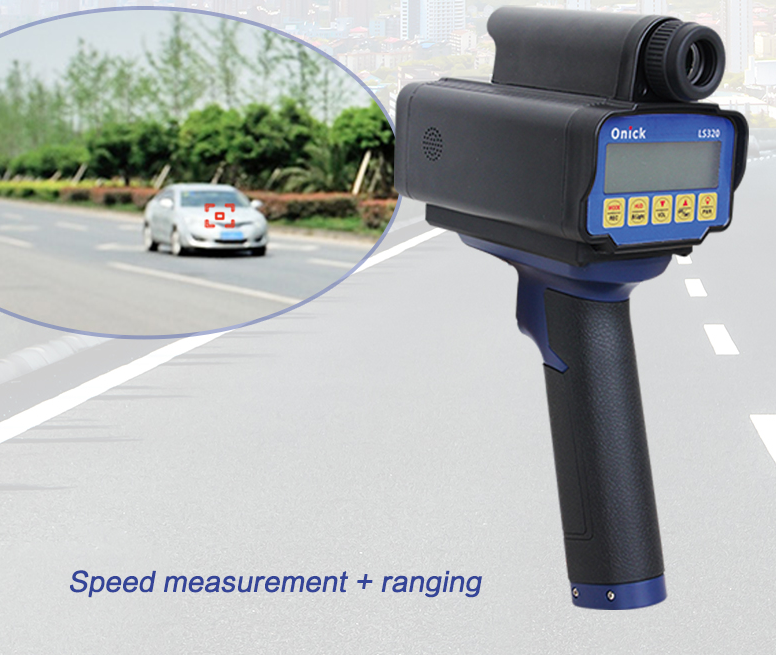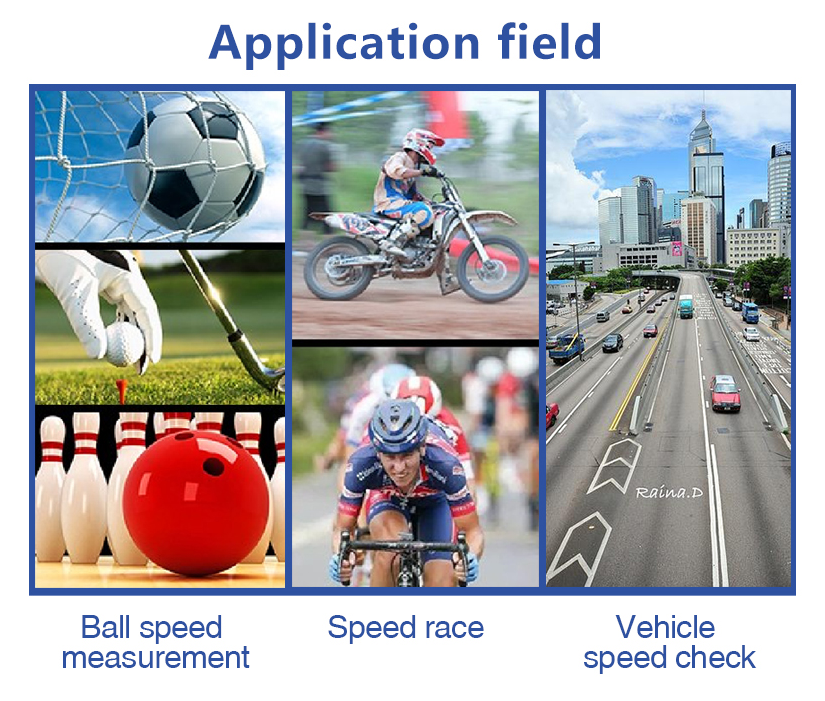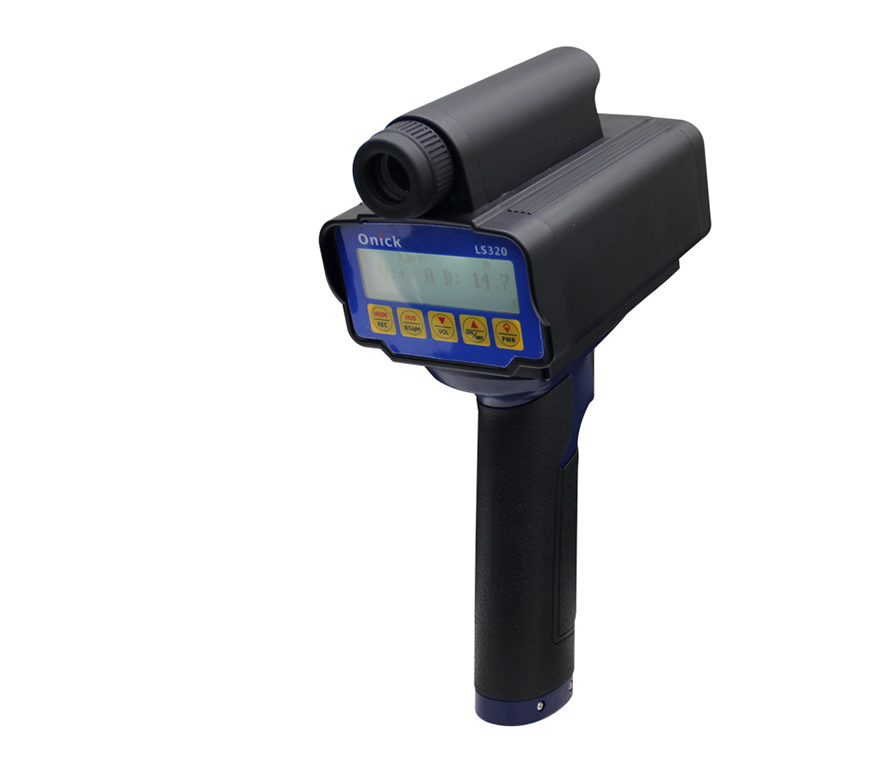The user is now asking how to choose a handheld speedometer. Let me first look at the relevant information in the search results provided. First, the search results mention different types of speedometers, such as radar speedometers, laser speedometers, and some brand recommendations, such as ONICK LSP320. It is necessary to combine this information and give a structured suggestion.

Then, the user may be concerned about the accuracy, purpose, portability, and function of the speedometer. The search results mention the application scenarios of different speedometers, such as traffic law enforcement and hydrological monitoring, so it is necessary to explain the applicable scenarios in points. In addition, in terms of brand and model, the LSP320 handheld radar speedometer is mentioned many times and should be listed as a recommended option.
It is also necessary to pay attention to the advantages and disadvantages of different technologies, such as radar speedometers are fast and accurate but mostly used for law enforcement, and laser speed measurement is highly accurate but complicated to operate. These comparisons can help users choose according to their needs. At the same time, water flow speedometers such as LSP320 may be suitable for specific fields and need to be listed separately.
In addition, some technical parameters mentioned in the search results, such as speed measurement range, response time, and data transmission method, are also factors that need to be considered when purchasing. These parameters need to be summarized into the key points of purchase, such as accuracy requirements, environmental adaptability, and battery life.

Also pay attention to the citation format mentioned by the user. Use a superscript to mark the source at the end of each sentence, and do not quote the same web page repeatedly. For example, LSP320 is mentioned, so it should be merged when quoting. If it appears in LSP320, it should also be correctly marked.
Finally, ensure that the answer structure is clear, and list the applicable scenarios, core technologies, purchase points and recommended models in points. Each part combines the information of multiple search results, and correctly cites the source. Also avoid using code blocks in Markdown to keep the answer natural and smooth.
The selection of handheld speedometers needs to be comprehensively evaluated in combination with application scenarios, technical parameters and functional requirements. The following are key purchase points:
1. Clarify the application scenario
Traffic law enforcement
You need to choose a device with fast response speed and accurate capture. For example, the LSP320 handheld radar speedometer system response is only 20ms, supports flexible capture of multiple lanes, can automatically superimpose speeding vehicle information and wirelessly transmit data.
Water flow/wind speed monitoring
Pay attention to waterproofness and environmental adaptability. For example, the LSP320 water flow velocity meter supports a velocity measurement range of 0.01-4.00m/s, is waterproof and temperature-resistant, and is suitable for turbid liquids; the Fluke handheld anemometer has high-precision sensing technology and is suitable for industrial control scenarios.
Vehicle speed measurement
Prioritize integrated and intelligent equipment, such as the LSP320 remote sensing warning device, which can intelligently analyze vehicle speed and road conditions to achieve dynamic broadcasting near and far.

Product features:
Highly waterproof: Excellent waterproof performance.
Reliable and durable: Stable performance and long service life.
Accurate HD photography: Capable of capturing clear images.
High-precision distance measurement: With high-precision distance measurement capabilities.
Long-distance measurement: Measure speed up to 1200 meters.
Fine non-slip texture design: Provides a comfortable grip.
LCD display: Displays speed and distance information at the same time.
Application areas:
Traffic speed measurement, road factory area, highway, field training, sports competition, military and police technology, etc.


